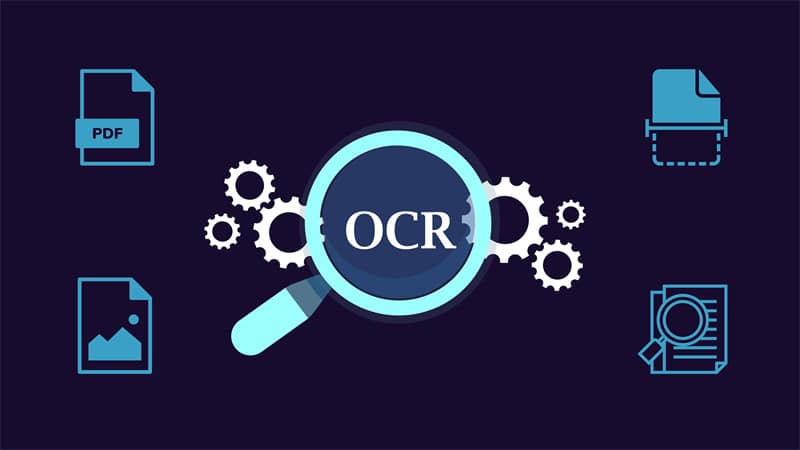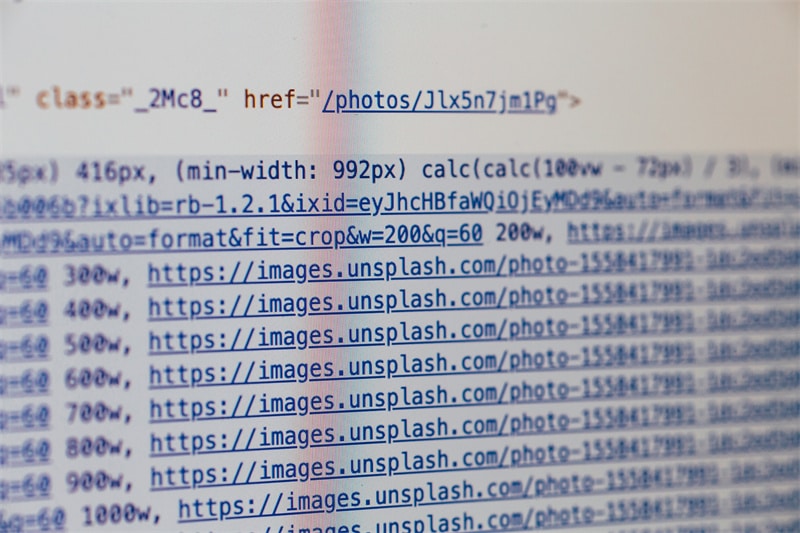
Are you still relying on manual data entry for your business?
As efficient as it can be, human involvement opens the door to potential mistakes and errors. Fortunately, there’s a simple solution that can help reduce these concerns—Optical Character Recognition (OCR). In this post, we discuss what OCR is, how it works, and its benefits in reducing data entry errors. Read on to learn more about this powerful technology and why you should consider adding it to your business operations now!
What is OCR and why is it important for data entry accuracy

OCR, or Optical Character Recognition, is an advanced technology used in data entry that enables computers to read and recognize text from printed and handwritten documents. By converting scanned images and PDF files into editable text, OCR has significantly improved the accuracy and speed of data entry.
OCR software scans the image and accurately identifies the text, allowing it to be converted to editable digital format and easily entered into databases or other computer systems. With OCR, businesses can reduce the risk of manual errors and streamline their workflows, leading to increased efficiency and productivity.
It's no wonder that OCR has become a crucial tool for data entry accuracy. From Tabscanner receipt OCR to other similar services, businesses have access to a wide range of OCR solutions tailored to various industries and needs. It's an investment that can provide significant returns in terms of data accuracy and operational efficiency.
Types of OCR technologies used today
The demand for fast and accurate data processing is at an all-time high. The solution? OCR technologies. OCR stands for optical character recognition, which is software that converts written or printed text into digital data. There are several types of OCR technologies used today, including rule-based OCR, pattern recognition OCR, and artificial intelligence-based OCR. Rule-based OCR uses pre-set rules to recognize characters, while pattern recognition OCR analyzes the pattern of each character.
The most advanced OCR technology, artificial intelligence-based OCR, uses machine learning algorithms to continually improve accuracy. These technologies have revolutionized the way we process data and have enabled businesses to save time and resources while increasing productivity. In addition, OCR technologies have significantly reduced the risk of human error, which can be costly for businesses.
Benefits of using OCR technology
OCR, or optical character recognition technology, has revolutionized the way we process data. The benefits are numerous, including significant time savings, cost reduction, and improved accuracy. Gone are the days of manual data entry, which was both time-consuming and error-prone.
Today, using OCR software, businesses can convert paper documents and images into digital text that can be easily edited and searched. This technology has significantly decreased processing time and increased efficiency, resulting in a more productive workforce. Additionally, companies can save money by reducing the number of employees required to carry out data entry tasks manually.
Furthermore, OCR technology eliminates human error, resulting in higher accuracy. In short, OCR technology is a game-changer that is delivering benefits across industries. Plus, it is readily available for businesses of all sizes and budgets.
Key challenges to consider when implementing an OCR system
OCR (Optical Character Recognition) systems have become an essential part of many businesses. They help automate the process of converting scanned documents into machine-readable text.
However, implementing an OCR system is not as simple as it seems. There are several challenges that businesses need to consider before implementing such a system. For instance, the quality of the input, the complexity of the source documents, and the language of the text are all key factors that can affect the accuracy of the OCR system.
Moreover, the cost of implementing and maintaining such a system can also be a major challenge for businesses to overcome. Therefore, it is crucial to weigh the advantages and disadvantages of OCR systems carefully before making a decision. If implemented correctly, an OCR system can bring great benefits to a business, but it is essential to thoroughly assess and address any potential challenges beforehand.
Tips on how to get the most out of your OCR system
OCR is a technology that has revolutionized the way we scan and process digital documents. With OCR systems becoming increasingly popular, it's important to ensure you're getting the most out of your software and hardware. The first thing to consider is the quality of the document being scanned, as this directly impacts OCR accuracy.
Additionally, choosing a system that allows for customization and integration with other software can greatly improve workflow efficiency. Regularly checking for software updates and performing routine maintenance on hardware can also help ensure optimal performance. By following these tips, you can maximize the benefits of your OCR system and streamline your digital document management process.
Most importantly, continuously monitoring and evaluating the effectiveness of your OCR system can help identify any areas for improvement and ensure you are utilizing it to its full potential.
How OCR can be a great asset in reducing data entry errors

As technology continues to advance and streamline our daily processes, it's no surprise that Optical Character Recognition (OCR) has become increasingly popular among businesses and individuals alike. The ability to convert scanned images or handwritten text into digital data has proven to be an invaluable asset in reducing data entry errors and improving efficiency across industries.
By eliminating the need for manual data entry and allowing for instant data entry verification, OCR software has enabled us to save time and resources while also reducing the likelihood of costly mistakes. With continued advancements in OCR technology, we can only expect this trend to continue in the years to come.
In conclusion, OCR technology is a great asset to businesses that rely on data entry accuracy to ensure successful operations. The various types of OCR technologies can address different challenges that industries face in terms of accuracy, speed, cost-effectiveness, and more. Implementing an effective OCR system is no small task and requires careful thought about the capabilities needed, however, the benefits are substantial.
Following the tips for making the most out of your OCR system can help ensure successful implementation with maximum effectiveness. Taking advantage of this type of technology can reduce data entry errors in a time and cost-efficient fashion while still delivering accurate results. Consider taking steps today toward getting OCR enabled in your business’s data systems. With those efforts, you are likely to see meaningful returns soon afterward.










